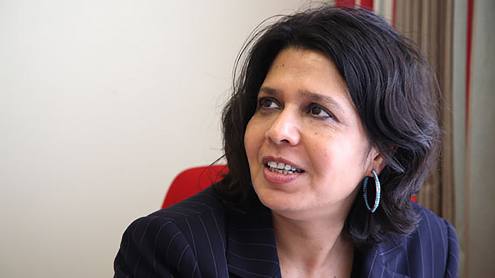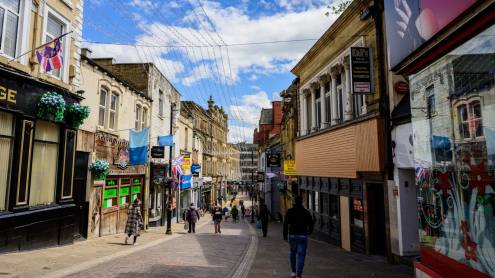Trying to get women to open bank accounts has proven to be one of the sticking points in universal financial inclusion. Women are being held back for a variety of reasons, but objections from a patriarchal society and lack of formal documentation are no longer at the top of the list. The reasons can be more subtle.
For women who live in remote areas and do not travel far from their home in their daily lives, they may not come across a bank branch or a banking agent. For those who do, the imposing stone facades can be enough to stop them crossing the threshold. For banking to work for everyone, it needs to be welcoming to everyone.
Mobile banking has helped to reduce this obstacle, but still this relies on the assumption that every member of a household has access to a smartphone with reliable internet connectivity. The set up of a mobile app can also be exclusionary as it can require a degree of literacy that not all women, especially in developing markets, may have.
The mental barrier can also be significant. If banking is perceived as being for people from glossy advertising, a woman who may be able to deposit little more than a few dollars a month may not feel that a bank account is for her.
To get these women on board means more than making advertising campaigns to draw in female customers — the ‘pinkification’ process of offering lifestyle discounts and pink debit cards is not going to make any difference here. Banks need to do the groundwork to provide support to women in opening their accounts and meeting them where concessions can be made. Could biometric identification replace asking for documentation women may not have? In obtaining credit to expand their business, could women offer up collateral in the shape of their sewing machine, rather than looking for credit history that they simply do not have? All of the solutions are readily available; it is up to banks to do the additional work needed to meet these women half-way on the financial journey.











